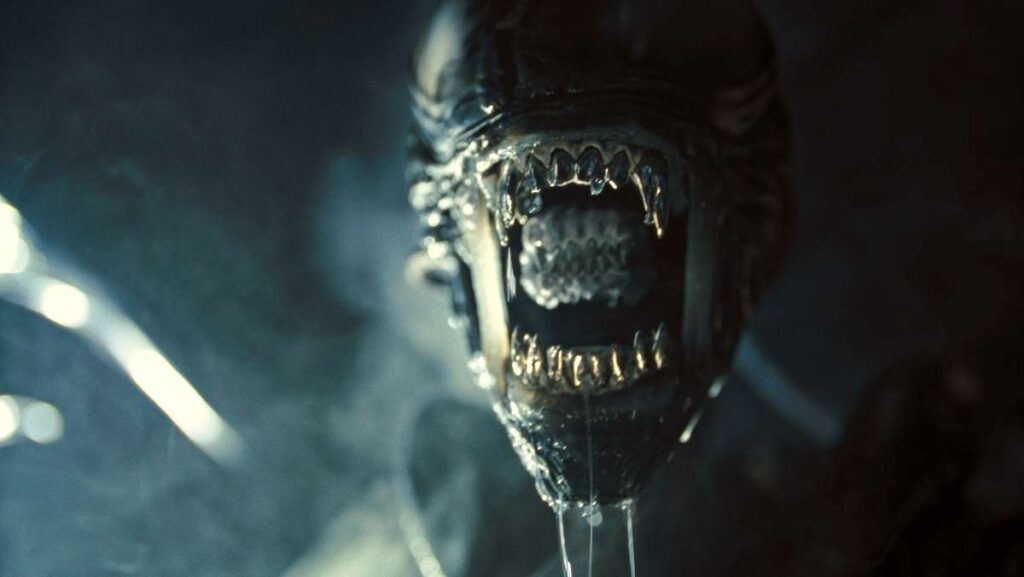Like it or not (and I’m largely in the “not” category), we live in an age of “legacy” sequel/prequels. Those are pseudo-remakes of beloved but rather old franchise movies, feasting on the nostalgia for people of a certain age. Hollywood, in its infinite desire to capitalize on nostalgia, replicates iconography and even whole stories to tick the boxes that make people give them all the money. Alien: Romulus represents the best and worst of this kind of moviemaking. They utilize practical effects and 1979-era aesthetics, but also the troublesome dead-actor-digital-recreation thing.
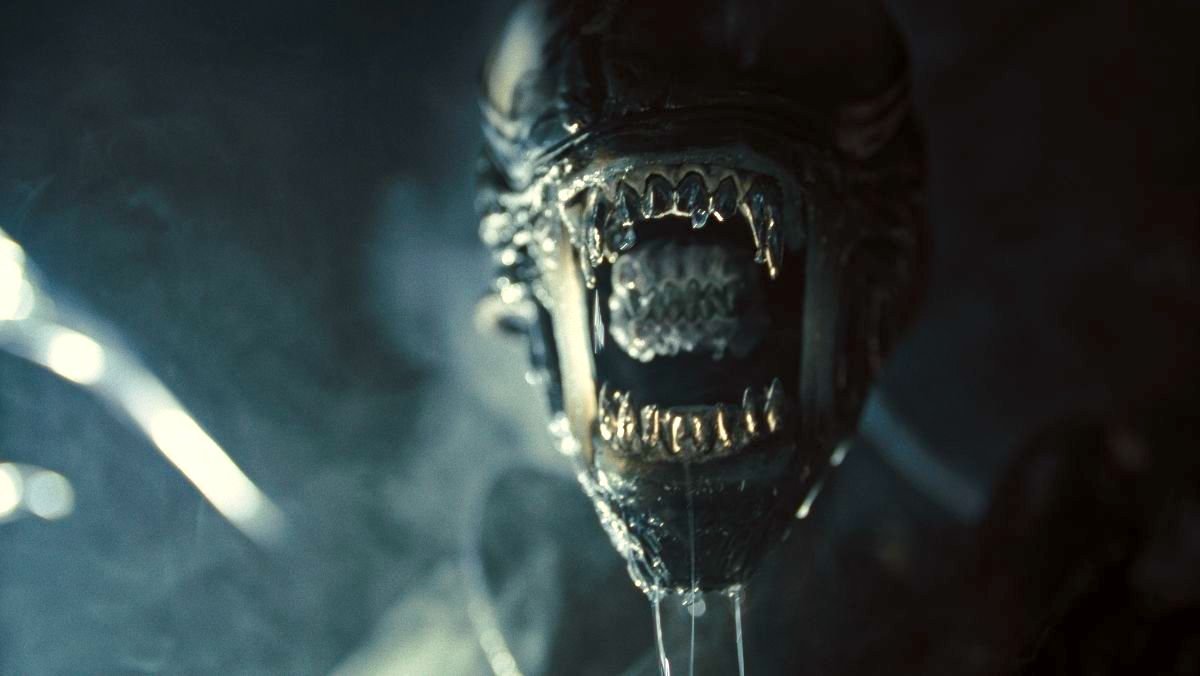
More and more, new franchise installments will take place within the timeframe of previous entries. Those therefore “require” the participation of characters played by actors who are no longer with us. For example, Rogue One: Star Wars Story in 2016 took place right before A New Hope (1977), and Grand Moff Tarkin would be kicking around. Peter Cushing, the legendary actor who played Tarkin in A New Hope, died in 1994. Actor Guy Henry, who does look and sound a fair bit like Cushing, portrayed Tarkin in the Rogue One film. Rather than heavy makeup, or just performance, the production used an infamous digital replication of Cushing’s face.
At the time, this caused a lot of controversy, not least because, as the actor had died over 20 years prior, he was not able to give consent for the use of his likeness in this way. Lucasfilm got permission from the Cushing estate and paid them for his likeness, but it still drew accusations of creating what amounts to a digitally reanimated corpse.
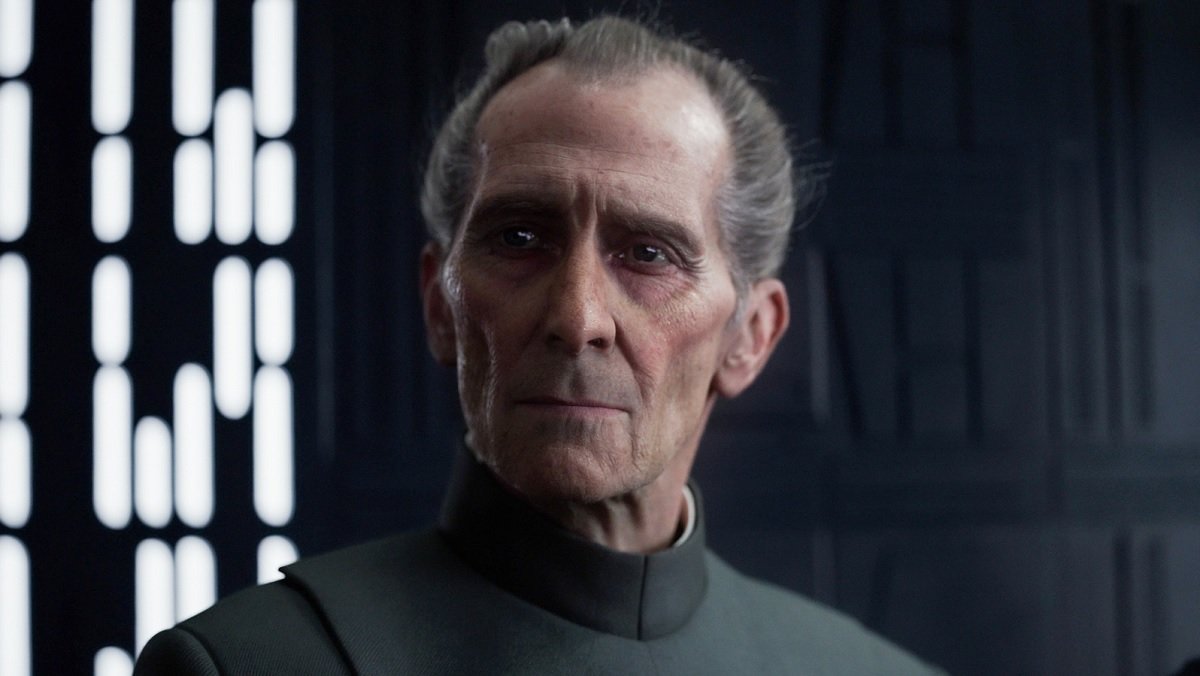
Since then, Lucasfilm has done this a lot, although generally with digital de-aging techniques rather than full digital zombies. Luke Skywalker in The Mandalorian and Indiana Jones in The Dial of Destiny are the biggest recent ones. However, due to the passing of Carrie Fisher, J.J. Abrams did have to use some trickery for The Rise of Skywalker, though using actual footage of the actor.
Naturally in these instances, where possible, the ethics of doing this never really became an issue. The actors either gave their consent, were in the movie already, or had filmed now-repurposed scenes. But one of the biggest factors in the Screen Actors Guild strike of 2023 was, of course, studios using artists’ likenesses in perpetuity through the use of A.I. or what have you. This will continue to be a hot button issue going forward as technology gets better. Generative A.I. might be on its way out, if you believe various science-bos, but digital face replication is constantly improving.
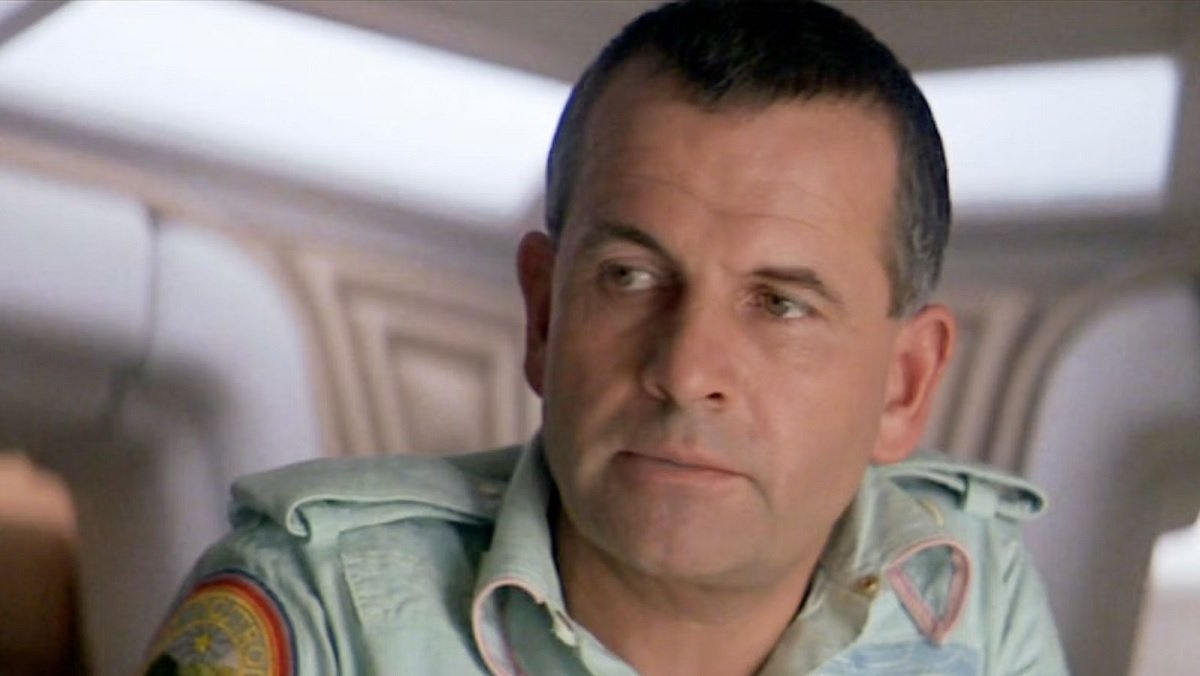
Which of course brings us to the story at hand. Ian Holm portrayed the secret android Ash in Ridley Scott’s original Alien. Ash, we learn as the movie goes along, is a plant from the greedy Weyland-Yutani company. Ash is one of the standout characters in a film full of great characters. Holm’s performance was a wonderful mix of creepy, erudite, and conniving.
Future installments introduced different synthetic humans and the idea that Weyland Yutani produced different “models” that look like different people. Lance Henriksen played Bishop in Aliens as well as a second version of Bishop, a sinister one, in Alien 3. Later in the Ridley Scott prequels, Michael Fassbender plays both evil android David and not-evil android Walter, different editions of the same model of android.
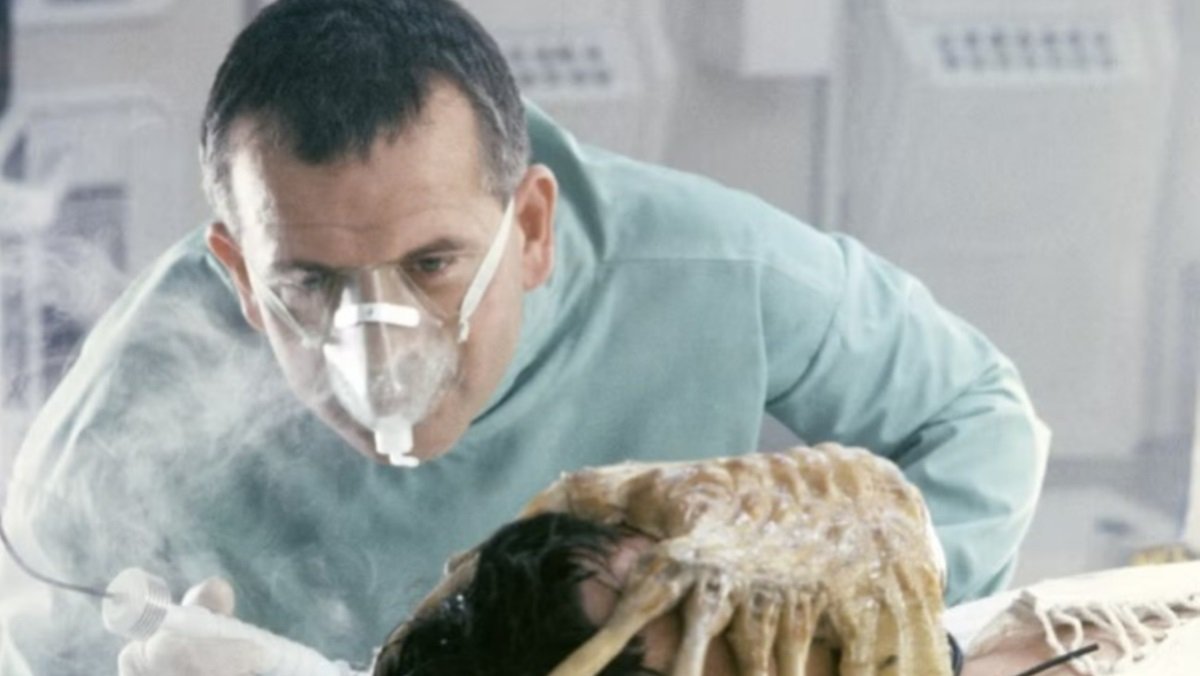
It’s because of this, Alien: Romulus director and co-writer Fede Alvarez felt justified in including an Ash-model android in his movie, given the film takes place 20 years after the first Alien. The trouble is, of course, Holm died in 2020. And while Holm’s estate supplied permission and received compensation, it becomes a question of morality.
Alvarez, speaking to Variety, said the following:
“Talking with Ridley, both of us came up with this idea that what if it has the likeness of Ian Holm — which is different from being Ian Holm or even being Ash,” Álvarez insists. “We would’ve never dared to reproduce that because you cannot reproduce with any technology, the talent of an actor. You can never capture the nuance of someone’s performance and their choices. So we designed a different character, but it shares the same likeness.”
In the movie, the heroes find the android Rook in a terrible state following a xenomorph overrunning the space station. After the humans plug in his upper torso, Rook gives them the requisite exposition and acts as the de-facto antagonist for the middle of the movie.
With all due respect to Fede Alvarez and Ridley Scott, that justification is nonsense. Ian Holm is Ash because Ian Holm played Ash. If you want to trade on the image of Ash for this other android, you are by default trading on the image of Ian Holm. Actor Daniel Betts provided the performance capture and voice for Rook. In both instances heavily filtered through Ian Holm’s voice and a supremely photorealistic (but still uncanny valley) version of the actor’s face. This kind of splitting hairs is dangerous.
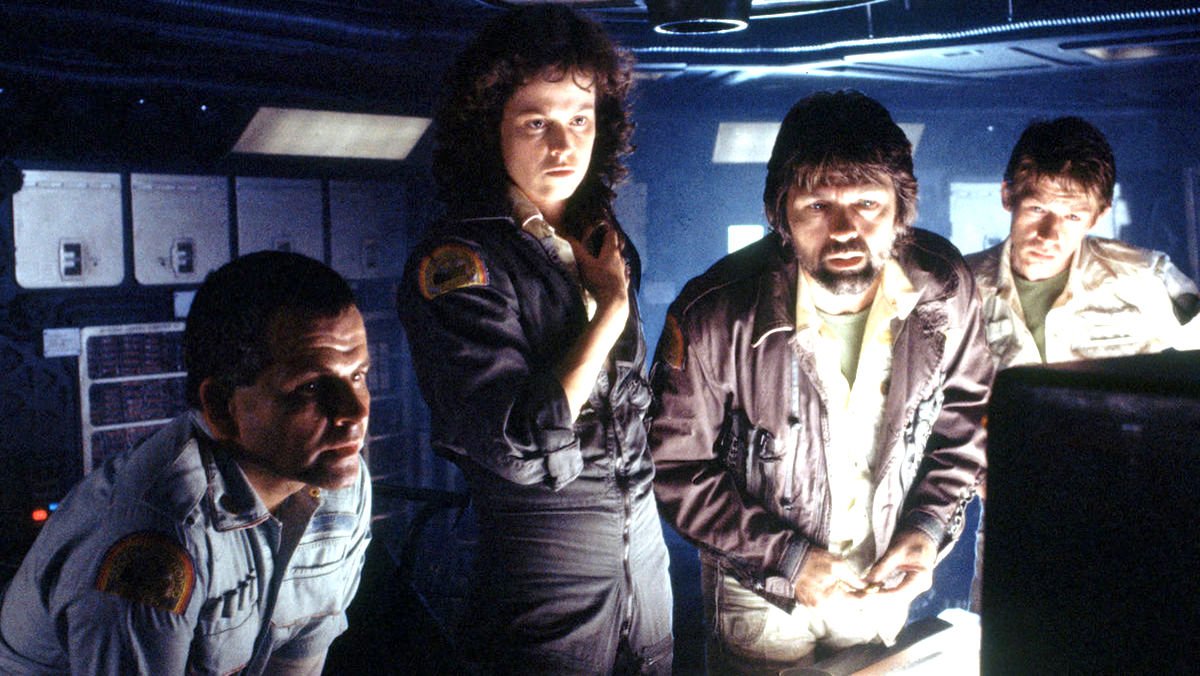
I completely get wanting to pay homage, but the only reason this android had to look like Ian Holm is because of nostalgia pandering. It was so people who know the franchise will do the Leonardo DiCaprio pointing gif meme. The artistic reasons for the movie are far overshadowed by the horrifying implications of this continued practice.
This kind of thing dates back as far as the 2004 film Sky Captain and the World of Tomorrow which digitally recreated Sir Laurence Olivier’s face as the computerized visage of the villain. Holm is merely the latest actor for whom death is not the end of their career. Not only does it devalue their work by making them little more than a digital puppet, but it also devalues the work of the artist portraying the character underneath the graphics.
For a movie that did its best to hearken back to the way movies were made in 1979, Alien: Romulus added fuel to a very 2024 fire.
Kyle Anderson is the Senior Editor for Nerdist. He hosts the weekly pop culture deep-dive podcast Laser Focus. You can find his film and TV reviews here. Follow him on Instagram and Letterboxd.

